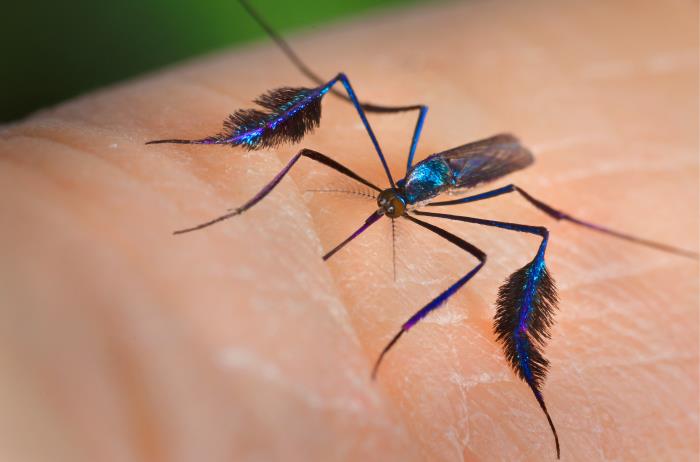Kat KelleyGHTC
Kat Kelly is a senior program assistant at GHTC who supports GHTC's communications and member engagement activities.

Findings of a study presented at the American Society of Tropical Medicine and Hygiene Annual Meeting last week suggest that ivermectin—a drug long used to treat river blindness and elephantiasis—can combat malaria when used in mass drug administration programs. The study, which was conducted by researchers from Colorado State University and the Institut de Recherche en Sciences de la Santé, found that mass distribution of ivermectin (six times, in three week intervals) resulted in a 16 percent decrease in incidence of childhood malaria. Ivermectin isn’t toxic to the malaria parasite; rather, it weakens the mosquito vector, serving as a form of vector control. After a mosquito becomes infected with malaria, it can take up to two weeks before it is able to transmit the parasite to humans. With ivermectin present in the human population, multiple humans might transmit ivermectin to the mosquito before it is able to spread the malaria parasite to even one human. The study was conducted in the West African nation of Burkina Faso, and the leading malaria parasite and mosquito vectors vary between sub-Saharan Africa and Southeast Asia. However, researchers at the US Walter Reed Army Institute of Research have recently determined that ivermectin can inhibit the development of the malaria parasite and kill the mosquito vector endemic to Southeast Asia.
Researchers at the University of Malaya in Kuala Lumpur, Malaysia, have developed LED street lights that are environmentally friendly and a public health tool. The street lights are powered by wind and solar energy, and serve a dual purpose of trapping mosquitos to combat dengue fever and other infectious, mosquito-borne diseases. The lamps release carbon dioxide, to which mosquitos are attracted, and use a fan to trap the mosquitos. The lamps are currently being piloted in Malaysia at two different sites.
Professors at Duke University have designed a colposcope, a cervical cancer diagnostic tool, to be used in low-resource settings, and will soon begin testing the device in a pilot study in Peru. Existing colposcopes are large and include equipment to magnify and illuminate the cervix (see Image 1), whereas this device, the Point of Care Tampon (POCKeT), includes a camera that provides images of comparable quality. The POCKeT is small (see Image 2), connects to a smartphone or tablet, requires less training, and is expected to be more culturally appropriate than a traditional colposcope. The testing of the POCKeT will be supported by a US$3.7 million grant from the US National Institutes of Health.
A recent report from the Review on Antimicrobial Resistance, commissioned by United Kingdom Prime Minister David Cameron to address the growing threat of drug-resistant infections, calls for the research and development of rapid, point-of-care diagnostics to reduce the overuse of antibiotics. Such diagnostics would allow health care workers to pinpoint the cause of an illness and treat it accordingly, rather than prescribe a broad-spectrum antibiotic without confirmation that the cause is bacterial and/or that the pathogen will be susceptible to the drug. The Review notes that drug companies, which benefit from antibiotic sales, have little incentive to invest in diagnostics that could limit those sales. The report includes a diagnostic 'wish list,' which identifies 12 potentially "game-changing" tools, including an at-home test to determine if an illness is an infection at all or to distinguish between bacterial and viral infections.